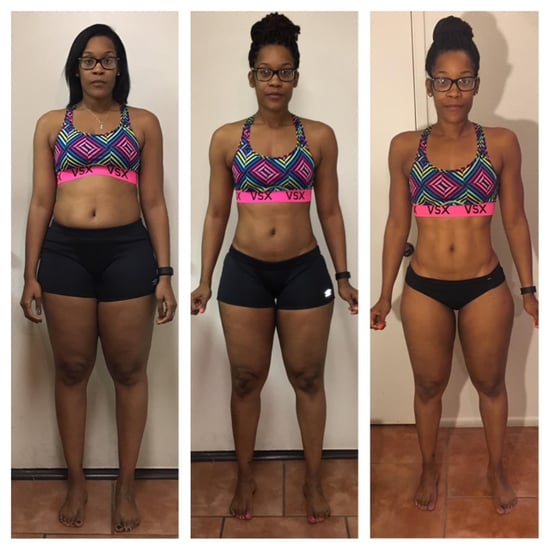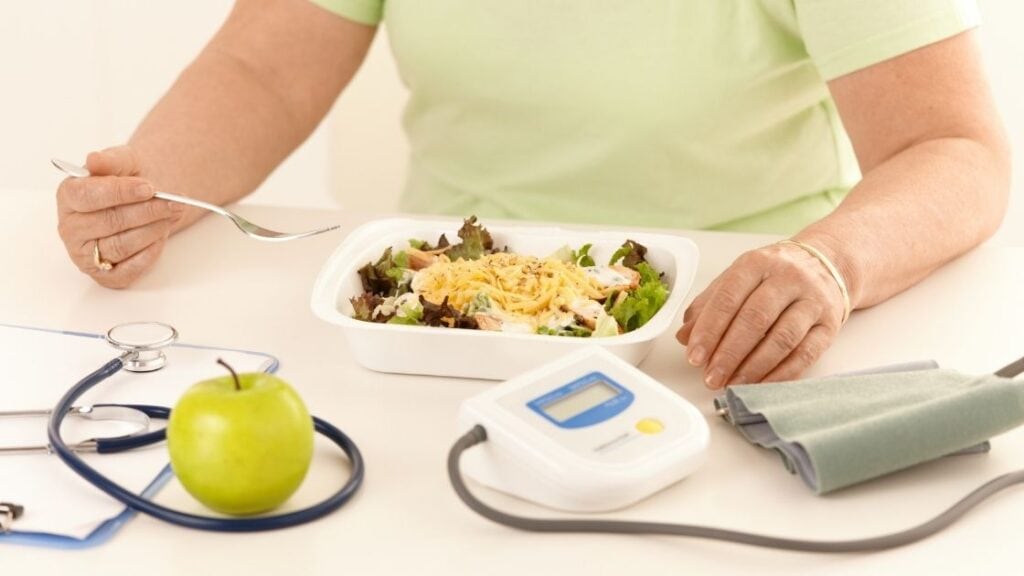
Exercising not only benefits your body, but your mind as well. Studies have shown that regular exercise helps reduce stress and anxiety. Exercise can also help you be more creative and focussed. Mayo Clinic recommends that you exercise often to improve your mental health. Exercise is a great option to traditional forms of treatment. Here are some tips to help you stay active without getting tired.
Alternatives to exercise outdoors
While winter months can make exercising difficult, there is no reason to stay at home. Everyone knows how satisfying it is to exercise. There are many ways to stay motivated, no matter how experienced or new you are. Referring to a certified sports medicine specialist will help you determine the best plan for you. These experts will help you get the best out of your exercise regimens and prevent injury from poor training or bad weather.
Exercises for osteoporosis
Even though you don't necessarily have to be an expert athlete to keep your bones healthy, it is a good idea to start doing simple exercises each day. Among these are yoga, Pilates, and Tai Chi. These activities strengthen the legs and lower back, and can also help you stay balanced. Although high-impact exercise can result in fractures, gentle movements such walking and jogging help to maintain balance.
Avoid exercising in positions that involve bent-over postures or bending forward at the waist. These postures put stress on the spine and joints. The dense portion at the front of healthy bones is usually less than the rest. This is one reason that they are capable of sustaining forward movement. A lower bone density can make you more susceptible to compression fractures.

FAQ
What level of exercise is required to lose weight?
There are many factors that impact the amount you exercise to lose weight. Most people require at most 30 minutes of moderate physical activity five times per week.
The American College of Sports Medicine recommends 150-minutes of moderately intense aerobic activity every week. It should be spread over three separate days.
You can lose 10 pounds by doing 300 minutes of moderate-intensity exercises each week, for example. You can do this by walking fast, swimming laps or biking, as well as playing tennis, golfing and hiking, or jogging, running or other similar activities.
If you're just starting out, consider doing 20 minutes of vigorous activity thrice weekly. This could be lifting weights, sprinting, jumping rope, and fast walking.
Aerobic exercise can also help you burn calories and increase muscle mass. Muscles burn more calories than fat. So building muscle can help you lose weight faster.
What's the difference between intermittent fasting versus calorie restriction
Calorie restriction can be defined as eating less than your body needs. Intermittent fasting, on the other hand, doesn't restrict calories. Instead, the emphasis is on eating fewer calories each day.
Intermittent fasting works better because it allows for you to enjoy your favorite foods without feeling guilty.
Both methods have their advantages and disadvantages. Decide which one you prefer.
Is there any side effect to intermittent fasting?
Intermittent fasting has no known side effects. Some minor issues might occur if you do not plan your meals properly.
If you skip breakfast, your day might be interrupted by irritability. Headaches, dizziness, fatigue and muscle cramps are all possible.
These symptoms are usually gone within a few days.
What is the best type of exercise for busy people to do?
You can stay fit by exercising at home. You don't need to join any gym. You don't need to spend a lot of money on expensive equipment to do basic exercises at home.
It is all that you need: a pair or dumbbells, a pad, a chair and a timer.
You must be consistent with your training. If you are absent for a few weeks, you could lose your motivation.
A great way to start off would be to try lifting weights three times per week. These could include push-ups/pull-ups/squats, push-ups/pull-ups or dips/curls.
Once you have mastered these fundamental movements, you can begin to learn other types, including running, jumping rope and skipping.
When choosing an exercise program, remember to choose the ones that suit your lifestyle. Exercises that take too much energy, for example, might not be a good fit for someone who works long hours.
If you're a night owl then it is better to exercise in the evening than in the morning.
Listen to your body. Stop when you feel tired.
Statistics
- Among women, the increase in metabolic rate was nearly 4%, or 50 more calories per day (14Trusted Source (healthline.com)
- One study in 9 active men found that HIIT burned 25–30% more calories per minute than other types of exercises, including weight training, cycling, and running on a treadmill (18Trusted Source (healthline.com)
- According to Harvard Health, it's estimated that a 155-pound (70-kg) person burns roughly 112 calories per 30 minutes of weight training (5). (healthline.com)
- It's estimated that half of all American adults attempt to lose weight every year (1Trusted (healthline.com)
External Links
How To
How to Intermittent Fasting
Intermittent eating is a way to lose weight that you only have one day of the week. It's usually Monday through Thursday. This is a way to cut down on calories while still getting enough nutrition. It is believed that this will help you burn fat quicker than if the meals are regular for the whole week.
The most common form IF is to reduce calories on specific days. This means that you would skip breakfast every morning and then consume whatever food you want during the rest of the day. You can also opt to eat three small meals a day instead of two large.
You can choose from many different types of intermittent fasting such as alternate day fasting (alternative day fasting), 5/2 fasts (8/4 fasts), 16/8 fasts, and so on. There are pros as well as cons to each form of intermittent fasting. Because you don't need to make major lifestyle changes, alternate day fasting can be the easiest way to get started. But, there are some people who find it hard to follow such a strict schedule. These people might prefer to try different methods.
If you're looking to start an intermittent fasting routine, I recommend starting with alternate-day fasting. This will allow for gradual transition to more extreme fasting without having to change your lifestyle.